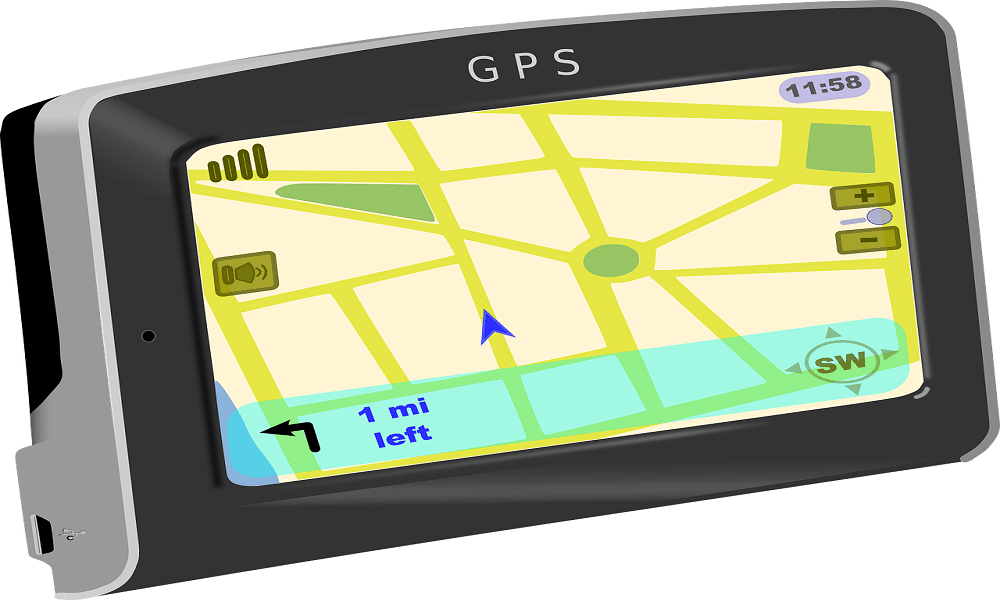In a world where our digital interactions are increasingly influenced by our physical surroundings, geofencing emerges as a technological marvel, offering businesses the ability to connect with their audience based on precise location data. Picture this: receiving a special offer the moment you step into your favorite store or being alerted to deviations in your commute. The magic behind this lies in the fusion of geofencing and the Global Positioning System (GPS). In this blog, we’ll delve into the essential role that GPS plays in geofencing, providing accurate positioning data that transforms how businesses engage with customers in real time.
Understanding Geofencing
Geofencing is a location-based service that activates actions when a device enters or exits a predefined boundary known as a geofence. How does geofencing work? It relies on the Global Positioning System (GPS) to track and identify the location of a device within these boundaries. By setting up geofences as a business, you can engage with your audience based on their time and location.
Role of GPS in Geofencing
GPS plays a role in enabling efficient geofencing. It serves as the foundation by providing precise positioning information for both stationary devices. Here’s how GPS makes it all possible:
1. Location Tracking:
GPS retrieves latitude and longitude coordinates from users, offering accurate positioning data for defining geofences.
2. Proximity Detection:
By constantly monitoring the device’s location using GPS coordinates, alerts can be triggered when users enter or leave established boundaries.
3. Data Accuracy:
Reliable GPS data allows businesses to ensure the effectiveness and seamless targeting of their geolocation-based strategies.
Applications of Geofencing Powered by GPS
The combination of geofencing and GPS technology offers potential across industries. Let’s explore some applications:
Retail Industry:
- Customer Notifications: Businesses can send targeted offers and promotions to customers who are physically near their stores.
- Increased Security Measures: Retailers can implement theft prevention systems that send real-time alerts when merchandise crosses designated boundaries without authorization.
Transportation Sector:
- Fleet Management: Logistics companies can optimize routes, monitor vehicle statuses in time using GPS-enabled telematics, and prevent vehicle usage.
- Enhanced Passenger Safety: Public transport systems can utilize geofencing to trigger safety alerts in case of any deviations from predefined routes.
Hospitality:
- Customized Guest Experiences: Hotels can greet their guests with messages. Offers as they enter the premises.
- Efficient Staff Management: Geofencing enables staff scheduling based on their proximity to locations while ensuring sufficient coverage.
Marketing and Advertising:
- Customized Campaigns Based on Location: Businesses can create marketing campaigns that are tailored to customers’ physical locations, allowing for localized marketing strategies.
- Analyzing Competitors: By utilizing geofencing to track competitor store visits, businesses can gain insights into their customers’ preferences.
Best Practices for Geofencing Using GPS
1. Define Boundaries:
It is important to set up geofences to avoid false alarms or missed opportunities.
2. Optimize Battery Usage:
Implement power algorithms that intelligently activate GPS tracking while minimizing battery consumption.
3. Regular Testing and Adjustment:
Continuously monitor the effectiveness of your geofences. Make data-driven adjustments as needed. A dynamic approach ensures functionality.
4. Respecting User Privacy:
- Obtaining Consent: It is crucial to obtain user consent when using location-based services.
- Transparent Communication: Clearly communicate how user information is collected, used, and protected through a Privacy Policy.
Data Privacy: Addressing Concerns and Protecting User Information
The use of geofencing technology raises concerns about data privacy. Businesses must prioritize the protection of user information while implementing GPS-powered geofencing strategies. Here’s how to address these concerns and ensure user privacy:
1. Obtain Explicit Consent:
It is crucial to seek informed consent from users before gathering their location data for geofencing purposes. Clearly explain the reasons and advantages of collecting this data, allowing users the choice to opt in or opt-out.
2. Clear Privacy Policy:
Create a privacy policy that clearly outlines your practices regarding data collection and usage in relation to geofencing. Specify how personal information is handled, who can access it, and how long it will be retained and educate users about their rights concerning their data.
3. Aggregation:
Whenever possible, anonymize or aggregate location data to eliminate any information linked to users. This ensures the protection of privacy while still utilizing insights for targeted marketing or analysis.
4. Secure Data Storage:
Implement security measures to safeguard the collected location data against access or breaches. Use servers with encryption protocols and regularly monitor for any suspicious activities.
5. Data Retention Policies:
- Minimize retention periods: Establish guidelines on how long location data should be stored for each user. Retain the amount of information required for geofencing activities.
- Regular deletion: Periodically remove unnecessary location data in accordance with your defined retention policies.
- It is important for businesses to regularly remove inactive user information from their databases to minimize any risks associated with storing it for a long time.
6. In-app Location Permissions:
- User control: Give users the ability to control when and how their location is accessed for geofencing purposes.
- Opt-out options: Make it easy for users to disable geolocation services in your app settings if they wish.
By prioritizing data privacy and following these practices, businesses can build trust with their users and ensure that sensitive location information is handled responsibly.
Conclusion
While geofencing powered by GPS technology offers benefits for businesses, it’s crucial to address concerns regarding data privacy. By obtaining consent by being transparent through a privacy policy, anonymizing or aggregating data, securing storage, establishing appropriate data retention policies, and giving users control over location permissions, businesses can protect user information and instill confidence in the use of geofencing technology. Striking a balance between targeted marketing efforts and respecting user privacy will create a user experience while maintaining practices in your geofencing strategies.


